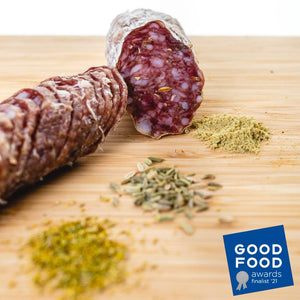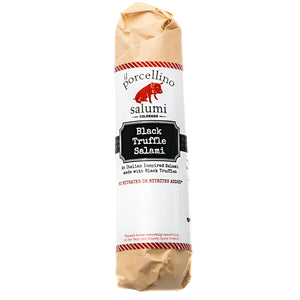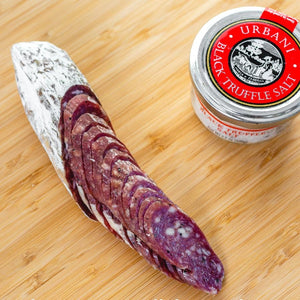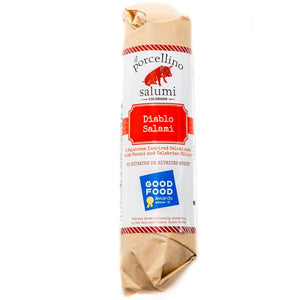I love 'Nduja! Seriously, I’m so happy to see a sort of renaissance around 'Nduja over the past couple of years.
I discovered it in San Francisco about ten years ago at Boccalone, Chris Cosentino’s charcuterie business, that had a retail location inside the Ferry Building. Sadly, it is no longer there, but that is where I had my first experience with this luscious, spicy, spreadable salami.
Just a few years ago, it was much harder to find 'Nduja in the United States. Most stores and even delicatessens didn’t carry it. Because I produced my own cured meats, including 'Nduja, I became the go-to guy. Today, more restaurants are adding it to their menu, and I’ve seen it pop up on grocery store shelves.
il porcellino salumi offers 'Nduja in a large format for wholesale and a 5 oz retail size.

I could spoon this stuff into my mouth, but it’s great with just about anything. The spreadable sausage is so soft it practically melts when warm, and there is a good chance you’ve had 'Nduja in restaurant dishes. You can add it to your eggs, put it on pizza, sprinkle it on pasta, or just spread it on a cracker or bread. It’s spicy, spreadable, porky goodness, and you really can’t go wrong any way you decide to eat it.
Oh, by the way, 'Nduja is pronounced, “en-DOO-yah.”
What is 'Nduja, and how is it made?
'Nduja is a fermented and dried salami. It’s a traditional Italian salami from Spilinga in Italy’s Calabria region, a small town overlooking the Tyrrhenian Sea. Originally a peasant salami, 'Nduja is composed of pork back fat, belly, and lean trimmings.
Like many great foods, it was developed by peasants out of necessity. The poorer class couldn’t afford high-end pork cuts and had to use leftover meat trimmings, fat, and organs. These animal parts aren’t great alone, but when blended together, seasoned, and cured, they create something delicious.
We can’t give away il porcellino salumi’s 'Nduja recipe, but here’s a little look at our process.
First, we grind up pork belly and fatty meat trim and season it with large quantities of Calabrian chile peppers. We use both sweet and spicy peppers in our recipe, and the Calabrian chile peppers make up about 30% of the spreadable salami.
Next, the meat mixture is stuffed into casings and moved to climate-controlled fermentation rooms. The meat chubs will hang in the fermentation room for about 48 hours. How long the 'Nduja ferments depends on its size. During fermentation, acid builds up, which provides flavor and is needed to make the product shelf-stable.

Once done fermenting, they’re moved to our climate-controlled drying rooms. Our 'Nduja dries anywhere from 45 days to 180 days, depending on the salami size. The longer it dries, the more the spicy flavor develops, and the tastier it becomes.
Also, it doesn’t firm up and become sliceable the longer it hangs like other salami. The finished product has a soft and spreadable texture due to the high-fat content of the product.

Don’t be afraid of that high-fat content. You’ll want to spread 'Nduja on EVERYTHING!!!
How long does 'Nduja last?
'Nduja lasts unopened for one year in a refrigerator. Once opened, keep it wrapped up in an airtight container, jar, or bag, and it will last in your refrigerator for up to 4 months.
I don’t believe you’ll be able to keep it around that long due to its unbelievable flavor and your desire to use it in everything that you cook.
I like to keep a few flavor boosters in my kitchen, like chili paste and stock. 'Nduja is definitely on that list.
Does 'Nduja need to be cooked?
Nope! 'Nduja can be eaten straight from the package and can be easily spread on crackers or a nice crispy bread.

I love using the phrase “Spread It Round” when describing how to use and cook with 'Nduja. Spread it on toast with a fried egg for breakfast, spread it on a cracker for an afternoon snack, or cook some down to season your favorite soup or stew.
Cooking with 'Nduja
Cooking with 'Nduja is probably a lot easier than you think.
Add it to everything! Take that with a grain of salt, but really, you almost can’t go wrong with 'Nduja. You can incorporate it into many meals.
As I said earlier, due to its soft texture and ability to pretty much dissolve when in contact with heat, 'Nduja is easy to add to dishes. I always have some in my fridge because it keeps forever, and I can toss it into meals for added spice and pork flavor that adds depth to my meals.

Again, due to its texture and fat content, it breaks down very well when it comes in contact with heat. You can toss it in a hot pan, let it render down and then scramble or fry eggs in it. Or stir a healthy spoonful into your pasta sauce.
You can fold it into mayonnaise to add a rich and spicy flavor to a breakfast sandwich or any sandwich, for that matter.
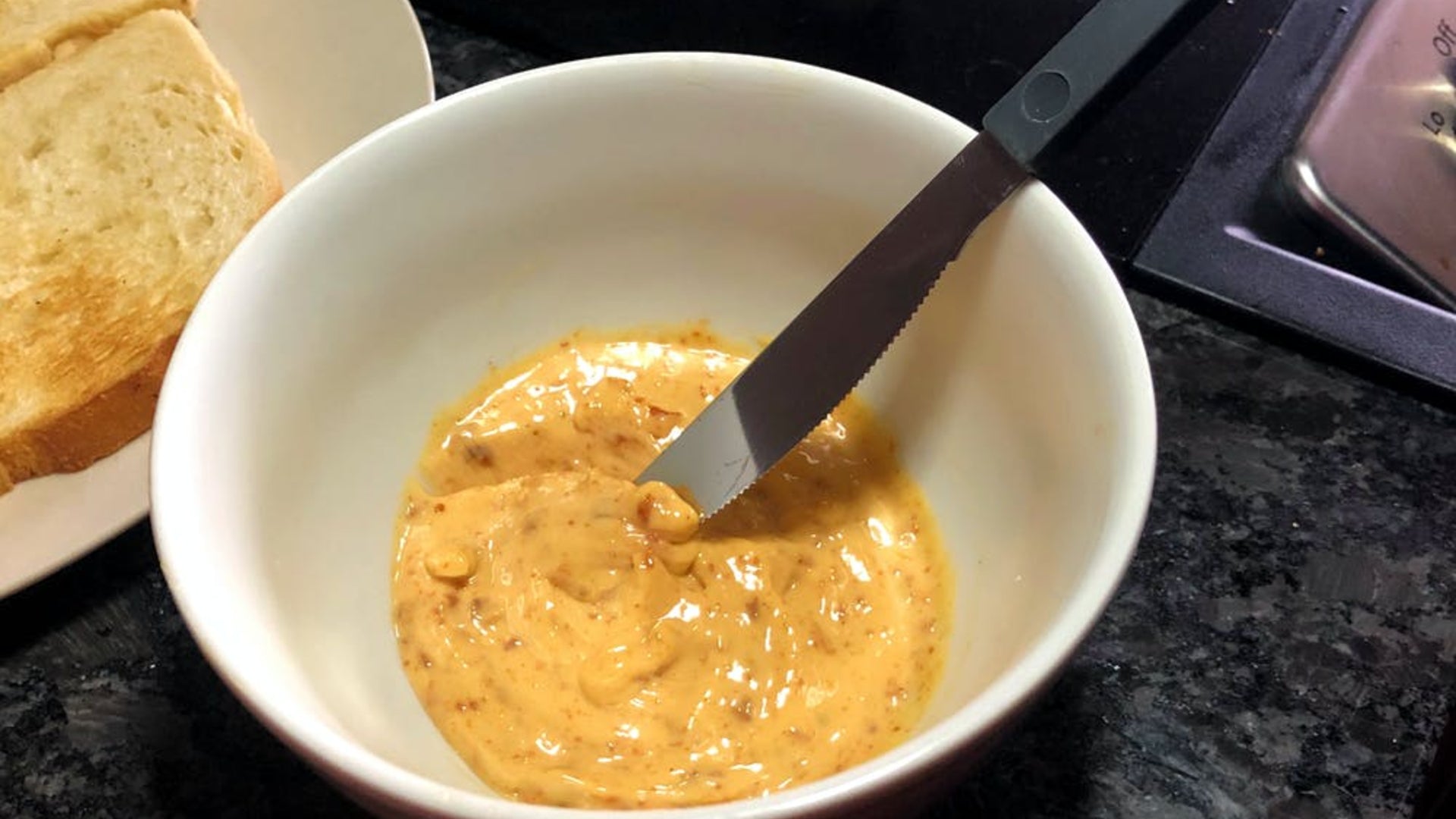
Don’t be afraid to cook with 'Nduja. Give it a taste straight out of the package, and imagine all the ways you can use it.



